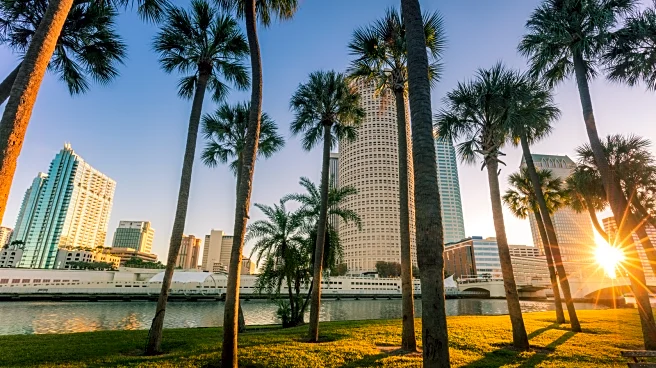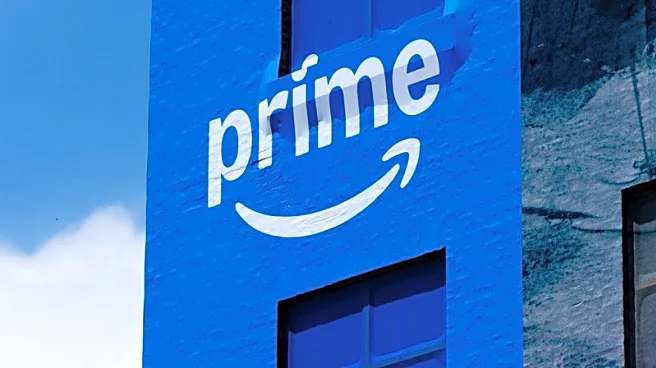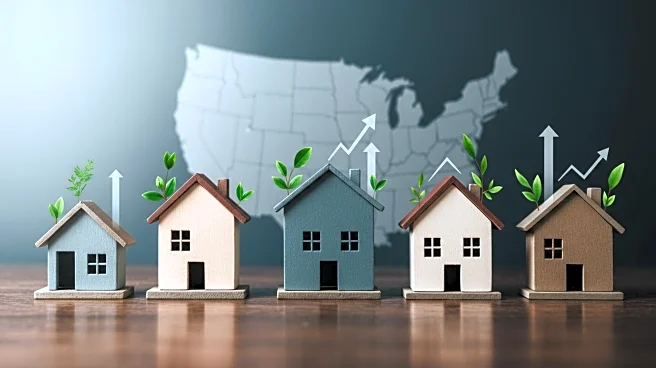Rapid Read • 7 min read
Florida's retail markets, particularly Jacksonville, Tampa Bay, and Orlando, are experiencing significant growth despite supply constraints. Jacksonville has delivered 740,000 sq. ft. of new retail space over the past year, ranking among the top U.S. markets for retail deliveries. However, construction starts have fallen to the lowest level in the past decade, indicating persistent supply constraints. Tampa Bay's retail market surpassed $1 billion in sales volume for the fourth consecutive year, with a current vacancy rate of 3.5%. Orlando's retail demand is fueled by rapid population growth and a strong regional economy, with retail vacancy under 4%. Despite these challenges, notable developments such as Gasworx in Tampa and Lake Nona West in Orlando are underway.
AD
The growth in Florida's retail markets highlights the state's economic resilience and attractiveness to investors. The low vacancy rates in Tampa and Orlando suggest strong tenant demand, which could lead to increased rental prices and competition for available space. Jacksonville's rapid in-migration and GDP gains position it as a key player in the U.S. retail market. These developments could benefit local economies by creating jobs and increasing tax revenues. However, the supply constraints may limit growth potential and challenge retailers seeking high-quality spaces.
Continued population growth and economic strength in Florida are likely to sustain retail demand. Developers may need to explore innovative solutions to address supply constraints, such as mixed-use projects that combine residential and retail spaces. Stakeholders, including local governments and real estate firms, may focus on strategic planning to accommodate future growth and maintain market stability.
The retail market dynamics in Florida could influence broader trends in U.S. real estate, particularly in regions experiencing similar growth and supply challenges. The emphasis on mixed-use developments reflects a shift towards more integrated urban planning, which could reshape city landscapes and consumer experiences.
AD
More Stories You Might Enjoy













